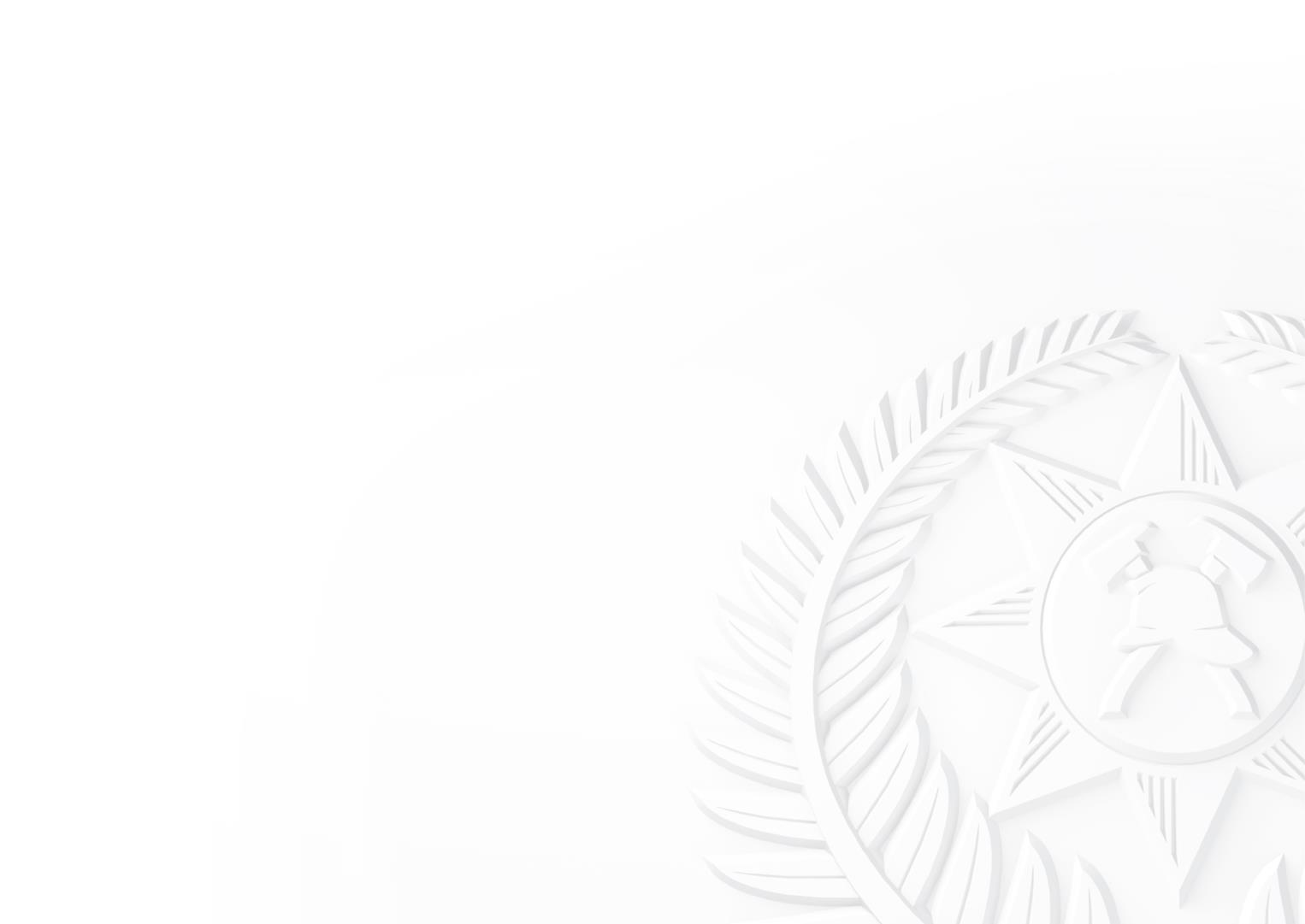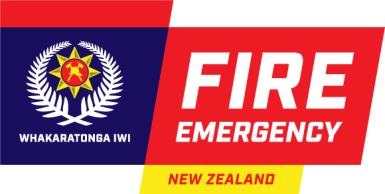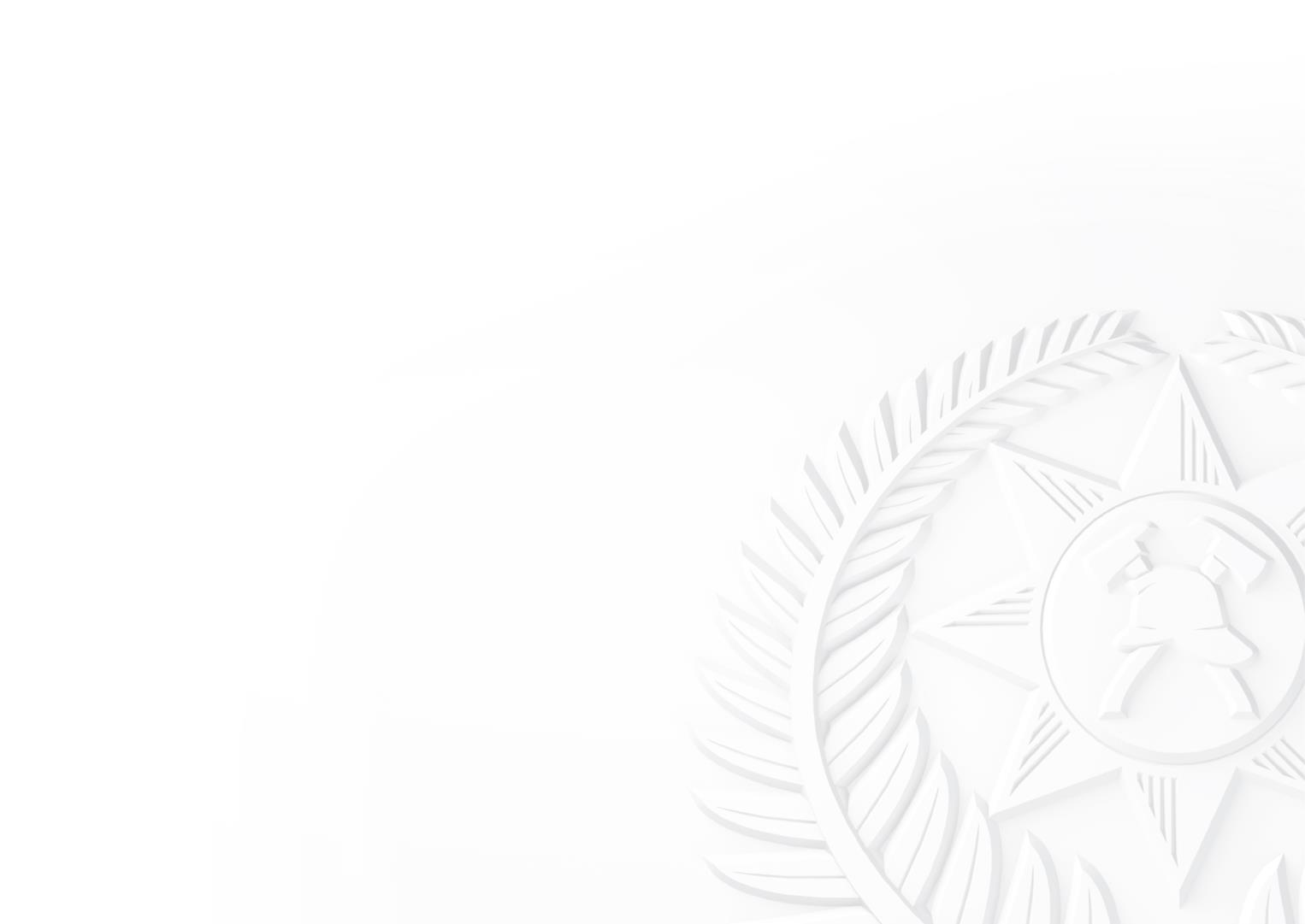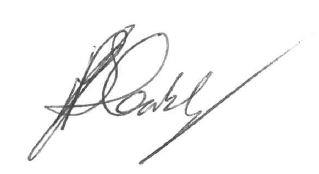

 National Headquarters
National Headquarters
Level 12
80 The Terrace
PO Box 2133
Wellington
New Zealand
Phone +64 4 496 3600
11 March 2022
G Jones
By email: [FYI request #18368 email]
Dear Mr/Ms Jones
Information Request – use of surgical masks and preparations for omicron.
I refer to your official information requests dated 28 January 2022 and 29 January 2022 asking for
information
relating to the use of surgical masks and Fire and Emergency New Zealand’s
preparations for the omicron variant of COVID-19. On 25 February 2022 we notified you of an
extension of time to make our decision to, 11 March 2022.
Your requests have been assessed in accordance with the provisions of the Official Information Act
1982 (“OIA”). Fire and Emergency’s response to each of your requests is set out below.
Please note, for those requests that seek specific documents that are not held by us, we have
refused your request under section 18(e) of the Official Information Act. However, we have
provided information that we hope assists to answer your question. Additionally, many of your
individual requests are quite broad and we have provided summaries of the relevant information
in our response to those requests.
Request dated 28 January: Preparations for omicron variant
Please provide all emails, advice, guidance, strategies, doctrine, procedures, plans,
memorandums, noting papers, public health guidance/advice, meeting minutes, diagrams,
scenarios, photos or other documentation specifically relating Fire and Emergency New
Zealand’s planning for managing the impacts of the COVID-19 Omicron variant. This includes
planning and procurement of personal protective equipment.
On 2 March 2022 we advised that, because of the extent of the types of information you have
requested, the work to identify all documents potentially within the scope of such a broad request
would be significant, and we invited you to refine your request.
To search, compile and assess all the documentation you have requested would unreasonably
require the diversion of significant resources from other work. Consequently, a decision has been


made to decline this aspect of your request under section 18(f) of the OIA as the information
cannot be provided without substantial collation or research.
As advised in our email of 2 March 2022, a selection of documents identified when we assessed
your request are
enclosed. We believe these documents provide an overview of our preparations
regarding the Omicron variant. If you identify further documents you have an interest in, we can
consider these should you make a subsequent request.
Please provide a list of the groups, committees, advisory boards and governance groups
specifically relating to planning for the COVID-19 Omicron variant.
The following groups are specifically involved in Fire and Emergency’s planning for the Omicron
variant:
• Executive Leadership Team COVID-19 Stand Up
• Service Delivery Coordination Centre
• Service Delivery COVID-19 Leads
• COVID-19 Co-ordinating and Monitoring Group-Representatives
• National Headquarters Crisis Management Group
What guidance or advice has Fire and Emergency New Zealand received or sought advice on the
suitability of N95/P2, surgical masks and face coverings against the Omicron variant.
Fire and Emergency’s current protocols for mask use are reflective of current Ministry of Health
(MoH) recommendations
: COVID-19: Infection prevention and control recommendations for
health and disability care workers | Ministry of Health NZ
In addition to following MoH recommendations in the selection of our pandemic related personal
protective equipment (PPE), Fire and Emergency also consults with St John and Wellington Free
Ambulance to ensure we are using PPE in a way that is consistent with other medical response
agencies. Beyond this, we also consult with internal experts to ensure we are selecting the
appropriate PPE, this includes reviewing product specifications.
Request of 29 January: Use of Surgical Masks
Please provide information on the current stock levels of all protective equipment used for the
protection of Fire and Emergency persons against COVID-19.
Please see the below table for Fire and Emergency’s national stock of pandemic related PPE held
at our two equipment and distribution centres as at 17 February 2022:
Fire and Emergency NZ Pandemic related PPE Stocks
as at 17 February 2022
PPE Item
In Stock In Transit (In)
Mask N95
28670
7200
Mask Aura
21470
Mask Surgical
89950
35000
RAT All Types
19169
Glasses Protective
5493
Coveralls 5/6 & 5B/6B
17381

 Fire and Emergency NZ Pandemic related PPE Stocks
as at 17 February 2022
PPE Item
In Stock In Transit (In)
Fire and Emergency NZ Pandemic related PPE Stocks
as at 17 February 2022
PPE Item
In Stock In Transit (In)
Gloves Long Cuff
223500
Gloves Short Cuff
402720
Sanitiser
4939
Goggles Anti Fog
9910
Goggles Dr BanBao
850
Wipes (Pack)
506
Gowns
2955
2000
Hazard Bag
13941
Mask Bag
221
Apron Plastic
20000
Cable Ties
5894
Please note, these numbers do not include PPE which has already been distributed from our
equipment and distribution centres for use by our personnel.
In addition to the above, as at 17 February, Districts had 100 Rapid Antigen Tests each in their
possession.
Please provide all information as to why there are supply constraints of N95 masks as noted on
Pg.1 of the Fire and Emergency New Zealand Service Delivery COVID-19 Protection Framework
dated 29 January 2022.
The above supply constraints were caused by two factors:
• On 25 January 2022 the Government announced that, from 4 February 2022, workers
legally mandated to be vaccinated must also wear a medical-grade mask, for example
type 2R or level 2 mask (or above), while working in public-facing roles. This saw affected
organisations attempt to draw down supplies of N95 masks from MoH, causing strain on
the national supply and distribution chain.
• Internally, our Regions and Districts sought to ensure compliance with this new
requirement, causing a spike in internal demand for N95 masks and a subsequent strain on
Fire and Emergency’s nationally held stocks.
Fire and Emergency’s revised protocol to only wear a N95/P2 mask for higher risk incident
responses allowed our internal demand to stabilise. Fire and Emergency has subsequently
received a consignment of N95 Aura masks from MoH. Fire and Emergency has also adjusted our
monthly requirements on MoH as our internal demand patterns stabilised.
Please provide the evidence or public health advice that supports Fire and Emergency New
Zealand’s decision to use surgical masks instead of N95 (as previously outlined in the Fire and
Emergency New Zealand Service Delivery COVID-19 Protection Framework dated 10 January
2022) for all emergencies other that medical emergencies or emergencies at managed isolation
hotels. This includes all risk assessments or risk mitigation documents that support this decision.



This change in Fire and Emergency’s protocol was made due to increased demand on our supplies
for the N95 mask after the Government announced that all workers mandated to be vaccinated
must wear either a Type IIR or a Level 2 mask or above—while working in public-facing roles. Fire
and Emergency’s revised protocol to use surgical masks for all incidents other than medical
emergencies or emergencies at managed isolation hotels is based on MoH recommendations. Fire
and Emergency has not undertaken separate risk assessments regarding this MoH
recommendation and so this aspect of your request is declined under section 18(e) of the OIA. The
relevant MoH recommendations can be found on their website
: COVID-19: Infection prevention
and control recommendations for health and disability care workers | Ministry of Health NZ
Please provide all information on how Fire and Emergency New Zealand is rectifying the N95
supply constraints.
As noted above, to help reduce pressure on our supply of N95 masks, Fire and Emergency clarified
our protocols for mask wearing based on MoH recommendations. This allowed our internal
demand to stabilise and allowed us to adjust the number of N95 masks we require from MoH.
In addition to this, Fire and Emergency has begun broadening our supply chains. To do this, Fire
and Emergency has developed a Procurement Plan that allows us to source pandemic related PPE
supplies, particularly N95/P2 masks, outside of the MoH supply chain. We have developed this to
introduce resilience into our PPE (Pandemic) supply and distribution chains. The Procurement
Plan allows us to seek additional stock when required, by approaching suppliers we already have
commercial relationships with to satisfy the demand. This approach is in line with good
operational and business practice and was developed under the Government Procurement Rules.
The Procurement Plan has a life span of three years.
Any ‘new specification’ PPE product or product line (over and above that already approved by the
MoH), must meet the correct international/national standards and Fire Emergency’s
requirements. We are working with other pandemic related PPE suppliers as the need arises, but
our evaluation process and global supply chain issues mean sourcing new specification products
can take some time.
You have the right to seek an investigation and review by the Ombudsman of this decision.
Information about how to make a complaint is availab
le at www.ombudsman.parliament.nz or
freephone 0800 802 602.
Yours sincerely
Raewyn Bleakley
Deputy Chief Executive, Office of the Chief Executive
encl









